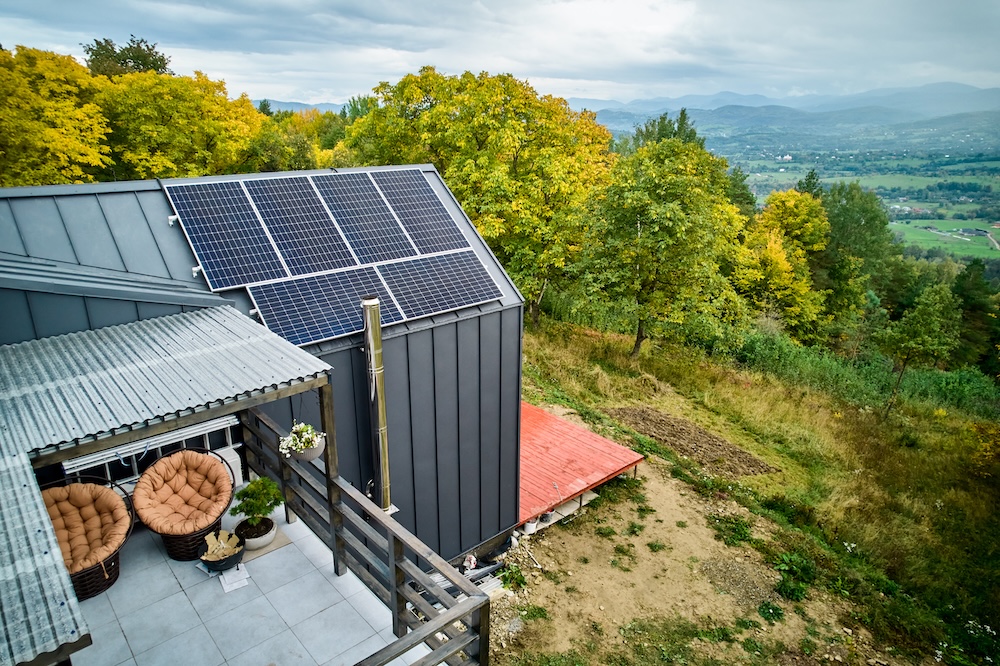As urban life becomes increasingly strained—rising crime, pollution, and eroding infrastructure—many people are looking toward quieter, greener spaces. Semi-rural living, just a short ride from city conveniences, seems like the perfect balance: space, nature, and self-sufficiency. But can this lifestyle truly be sustainable?
This article explores what works, what needs consideration, and how to realistically transition into a semi-rural life that aligns with sustainability values.
1. The Allure and the Trade-Offs
The appeal of semi-rural living is strong: lower noise levels, space to grow food, cleaner air, and a chance to reduce reliance on overstretched city systems. But it’s not without trade-offs:
- Longer distances to stores, schools, and healthcare.
- Greater reliance on personal vehicles.
- Higher energy needs for heating, cooling, and commuting.
The balance lies in smart planning, habit building, and understanding how lifestyle changes play out in practice.
2. Sustainability in Practice: What Works
When designed intentionally, semi-rural living can support many sustainable goals:
- E-bikes for Commute and Errands: Electric bicycles for school runs or part-time office commutes significantly reduce carbon footprints—especially when roads are safe and infrastructure is supportive.
- Solar Power and Home Batteries: Paired with energy-conscious appliances and a heat pump, solar systems help reduce grid dependency.
- Local and Home-Grown Food: Sourcing from nearby farms or growing some of your own cuts packaging, emissions, and supports a regional food economy.
- Less Waste, Less Convenience: Rural life makes impulse buys and excessive takeout less accessible, which naturally encourages cooking, reducing plastic use, and minimizing food waste.
While these practices may require upfront investment or effort, they often yield long-term rewards in cost savings, health, and peace of mind.
3. The Hidden Costs and Blind Spots
Even with eco-conscious habits, semi-rural living comes with sustainability challenges:
- Transport Infrastructure: EVs may reduce emissions, but they still rely on tire wear (microplastics), road maintenance, and eventually, battery replacement.
- Isolation Energy Load: Working remotely, streaming media, and delivery services all carry invisible environmental costs.
- Essential Services Access: Emergency care, schools, or elderly support systems may be less efficient or farther away—requiring more planning and travel.
Acknowledging these trade-offs helps residents plan smarter, not just greener.
4. Smart Compromises and Transitional Living
The most sustainable semi-rural setups often involve hybrid models:
- Close Proximity to a Small Town: Living within 10–15 km of a town center enables biking or even walking, while still enjoying rural tranquility.
- Shared Living or Co-Housing: Caring for aging parents, sharing child care, and pooling resources reduces waste and increases resilience.
- Seasonal and Local Cycles: Embracing what grows or is available locally, and cooking from what’s on hand, aligns with long-term sustainability.
Rather than striving for off-grid perfection, aim for adaptive, community-minded living.
5. A Culture Shift, Not Just a Location Shift
True sustainability isn’t just about where you live—it’s how you live. Before moving, many families can begin by adopting sustainable habits in place:
- Cook more, waste less, drive less.
- Shift from convenience to intentionality.
- Learn to repair, reuse, and grow even in urban settings.
This way, the move becomes a continuation of your values—not a reset or escape.
Final Thoughts
Semi-rural living can be a deeply rewarding and sustainable lifestyle—but only when approached with realism, flexibility, and intentional daily habits. It’s not a shortcut to sustainability, but a different path that requires commitment and balance.
Sustainable living isn’t about escaping cities or embracing rustic isolation. It’s about aligning values with choices—wherever you are.









Reader Interactions